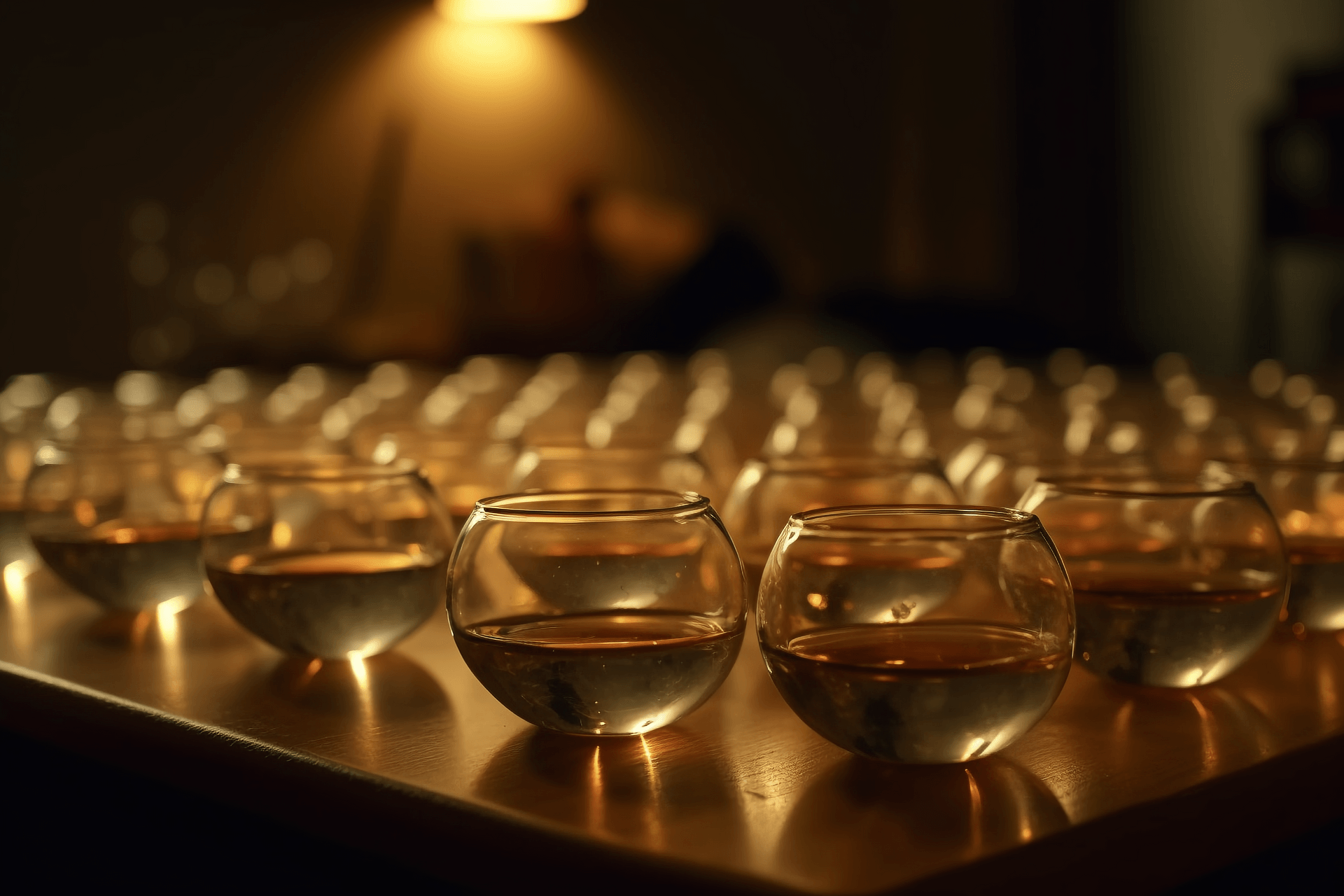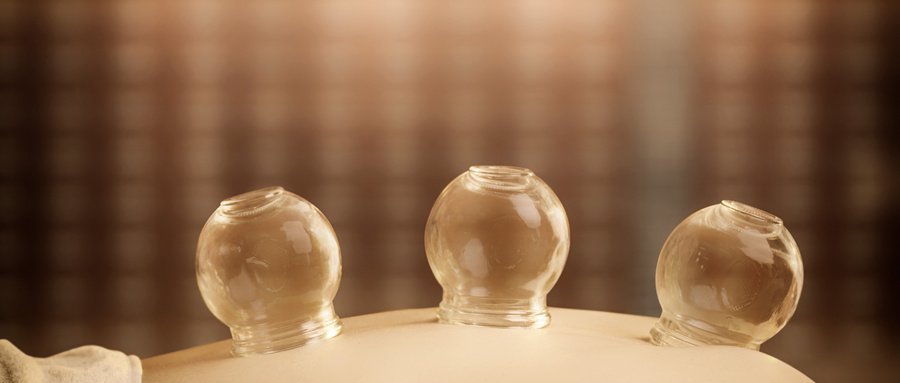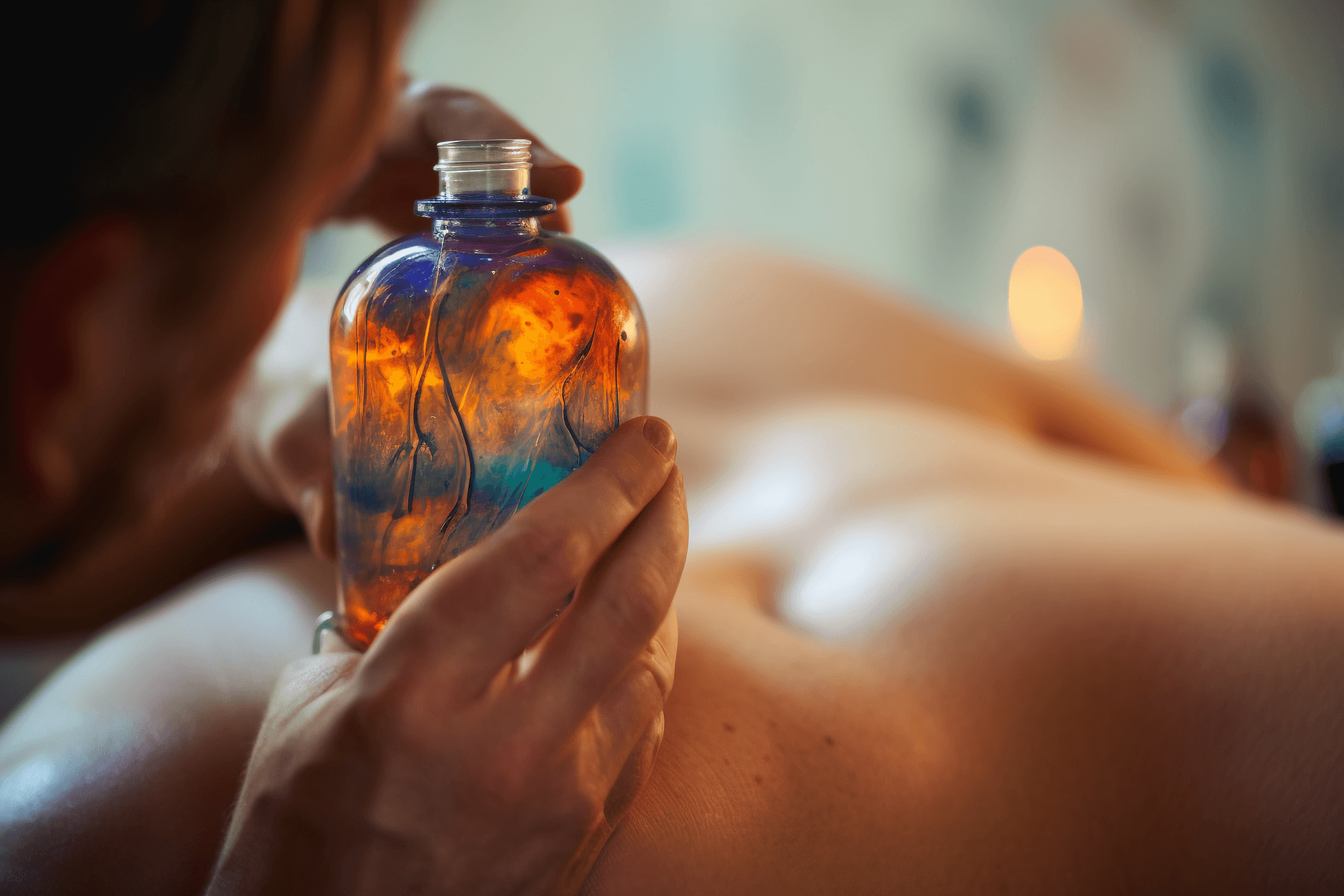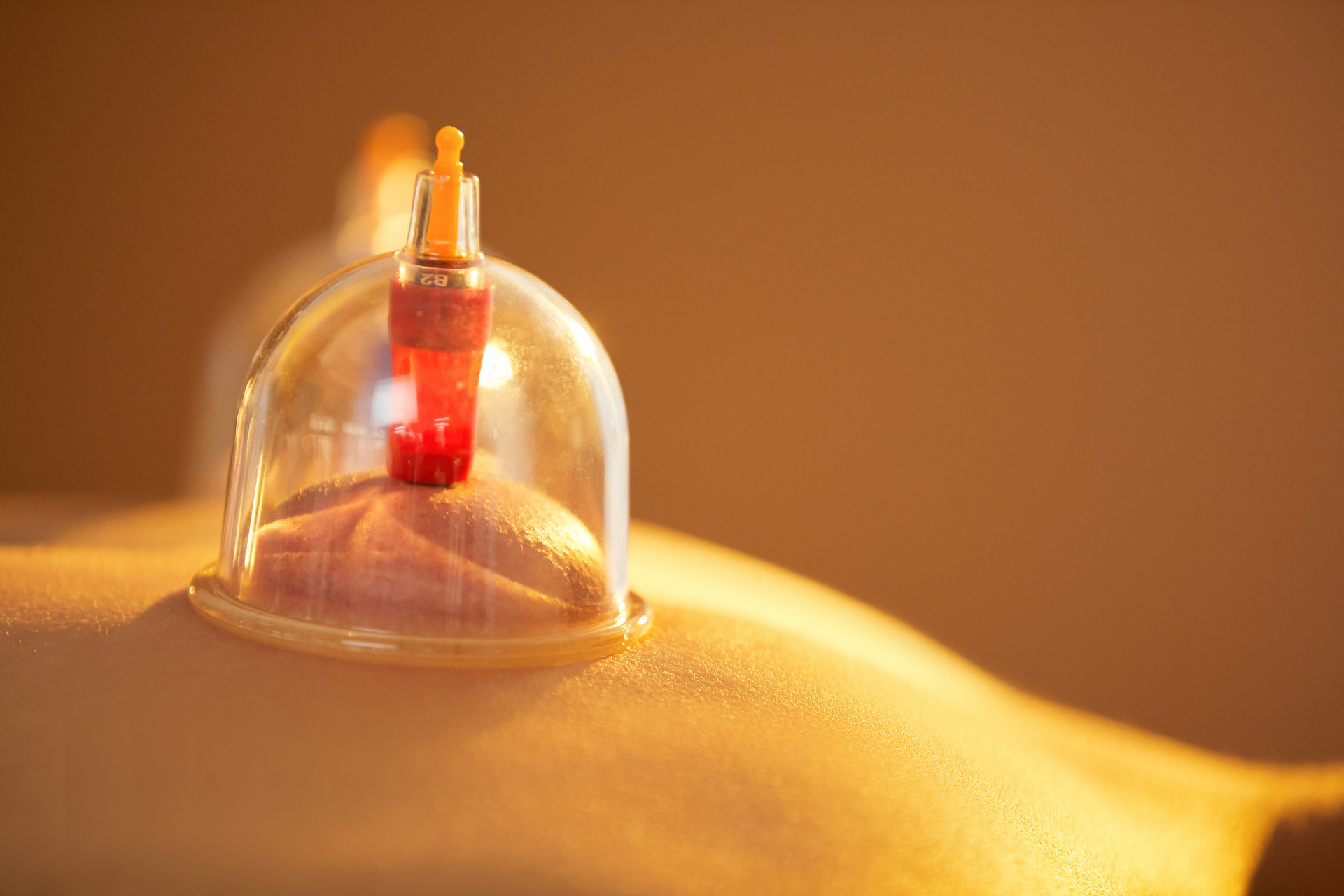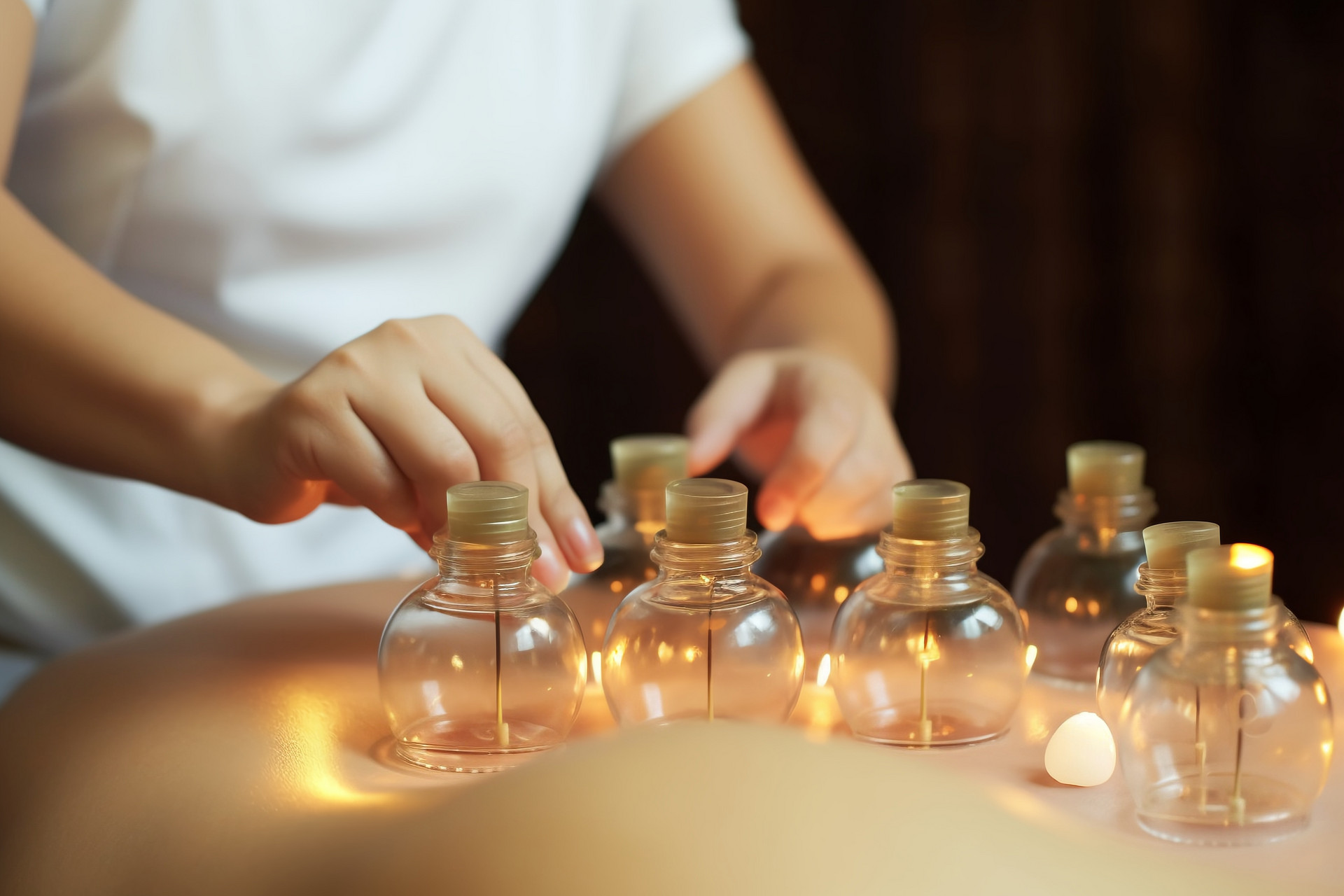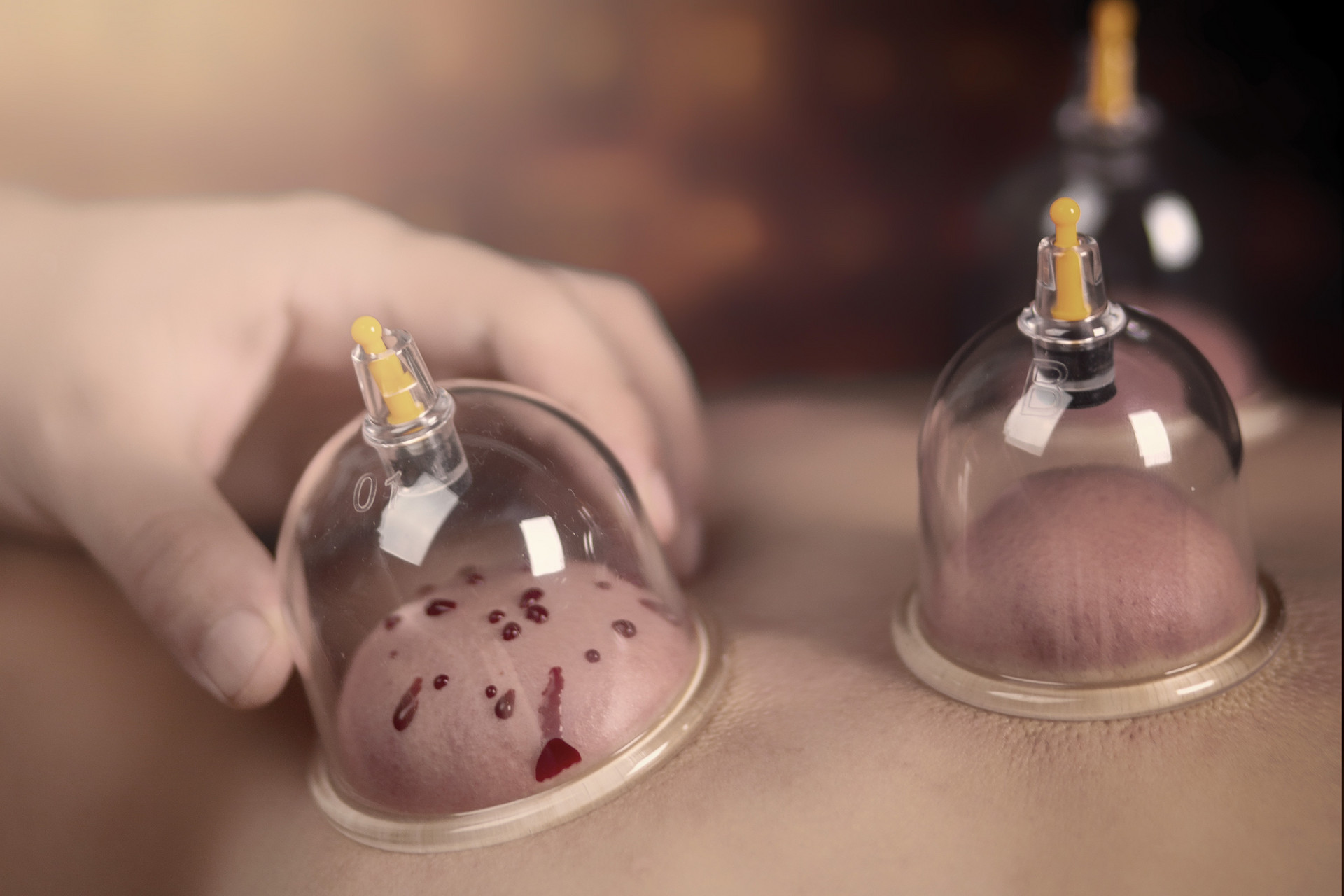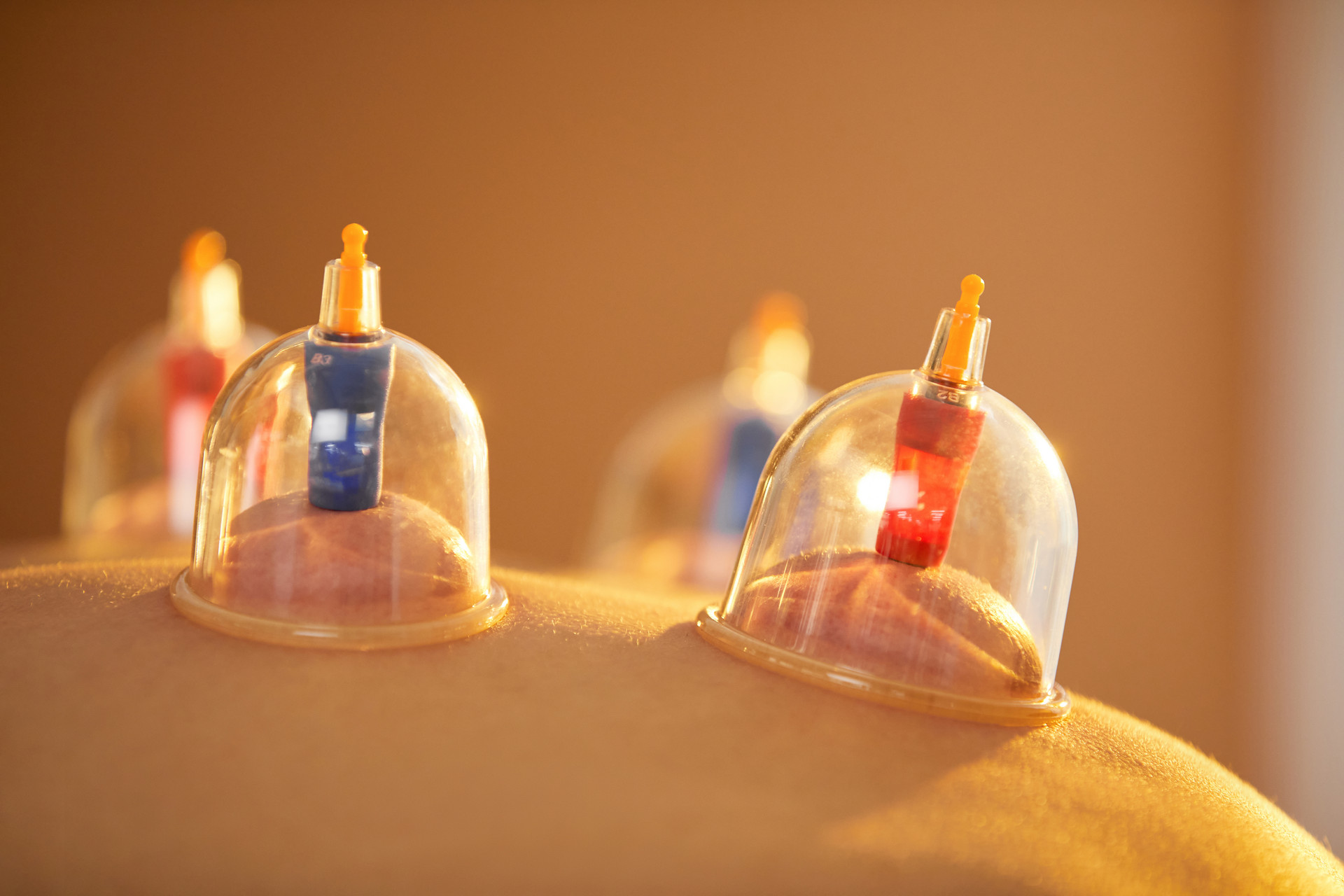1. Normal reactions
No matter the method used to attach the cup to the treatment area, the negative pressure suction inside the cup can cause local tissues to rise above the level of the cup opening. Patients may feel a pulling or swelling sensation, or they may feel heat, tightness, coolness, warmth, or comfort in the treated area. These are all normal reactions. After cupping or flash cupping treatment, there may be red (or purplish-red) rash spots in the treatment area. These are all post-cupping treatment effects and will resolve on their own within 1 to several days without any further treatment.
The marks left after cupping indicate the severity of the illness. If the cup marks are purplish-black and dark, it indicates blood stasis and exposure to cold. If there are large areas of dark purplish cup marks after flash cupping, it suggests an external invasion of wind-cold. If the marks do not fade after several days, it often indicates a long duration of the illness and requires additional treatment. If the cup marks appear as scattered purple spots of varying shades, it suggests qi stagnation and blood stasis. If the cup marks are pale purple turning bluish with patches, it suggests qi deficiency and blood stasis. If the cup marks are bright red, it suggests yin deficiency and excessive heat. If there are no cup marks after cupping, or if the marks disappear immediately after cupping and return to their normal color, it suggests that the pathogenic factors are still mild. However, obese and anemic patients often do not have cupping marks. If there are obvious signs of cupping within 5 minutes after suction, it indicates that the area being cupped is the affected area. After a large area of the back is cupped, if there are small red dots concentrated near certain acupoints, it suggests abnormality in those acupoints.
If the patient feels abnormal tightness and pain in the cupping area, or a burning sensation, the fire cup should be immediately removed. Check for any skin burns, whether the patient is overly tense, whether the operator made a mistake in technique, or whether the suction force of the cup was too strong, and handle accordingly. If cupping is not suitable in that area, another site can be chosen. If there is significant bleeding (more than the amount required for treatment) during bloodletting cupping or bleeding by pricking the meridian, immediately remove the cup and press the bleeding point with a disinfectant cotton ball.
2. Abnormal reactions
(1) Fainting during cupping
1) Symptoms: dizziness, pale complexion, nausea, vomiting, rapid breathing, palpitations, cold limbs, cold sweats, weak and thin pulse, low blood pressure; in severe cases, cyanosis of lips and nails, loss of consciousness, collapse, loss of bowel and bladder control, weak and thin pulse nearing cessation.
2) Causes: fasting or excessive fatigue, severe vomiting, excessive sweating; excessive nervousness; weak constitution; heavy-handed technique, strong stimulation, excessive duration of cupping can all cause fainting during cupping.
3) Treatment: immediately remove the cup, lay the patient flat, give them some hot water to drink; for more severe cases, acupuncture ten points, Renzhong point, or acupressure on Renzhong point can help restore normalcy. After resting in a supine position for 15 minutes, the patient can leave the treatment room.
4) Prevention: the operator should observe and inquire about the patient's condition. If the patient is very hungry or thirsty, they should eat before treatment and rest for a while before proceeding with cupping. If the patient is overly nervous, provide explanations to alleviate their concerns. Do not force cupping and use a gentle technique. For first-time cupping patients, the duration of cupping should be short, the negative pressure should be low, and a supine position should be chosen. Pay close attention to the patient's reactions and handle any discomfort immediately to prevent complications.
(2) Hematoma
1) Symptoms: after bloodletting cupping or cupping, there may be subcutaneous bleeding at the site, causing swelling and pain, followed by the appearance of a bluish-purple color on the skin.
2) Causes: small blood vessels or skin tissues being damaged during bloodletting, especially when the needle tip is bent or hooked; inadequate closure of the needle opening, resulting in poor blood flow, leading to accumulation of stagnant blood; or excessively long duration of cupping.
3) Prevention: before needling, check if the needles have hooks; during the procedure, avoid using heavy stimulation techniques that can cause bleeding. If there is excessive bleeding after the procedure, apply pressure with a disinfectant cotton ball to stop the bleeding.
4) Treatment: for minor subcutaneous bleeding or small patches of bluish-purple discoloration, no treatment is necessary as they will resolve on their own. If there is significant swelling and severe pain, or if the area of bluish-purple color is large, instruct the patient to apply cold compress for 24 to 48 hours, followed by hot compress after 48 hours to promote the absorption of the hematoma.
(3) Blister
1) Symptoms: blisters may appear at the cupping site after cupping.
2) Causes: often due to excessive duration of cupping or excessive negative pressure. However, the occurrence of blisters is not always a bad thing and can even be intentionally induced in clinical practice to enhance treatment efficacy.
3) Prevention: the negative pressure during cupping should not be excessive, and the duration should not be too long. It is best to use glass cups for cupping to allow for easy observation of blister formation.
4) Treatment: after routine disinfection with iodine or alcohol, use a disposable syringe to puncture the edge of the blister, drain the fluid, and then apply purple medicine. If there is infection, antibiotics can be prescribed.
(4) Burns
1) Symptoms: mild cases may cause redness of the skin, while severe cases may cause blistering and burning pain.
2) Causes: the cup mouth becoming hot during fire cupping, or accidentally dropping alcohol on the skin.
3) Prevention: avoid heating the cup mouth during fire cupping; in addition, doctors should be skilled in their techniques to avoid alcohol spilling.
4) Treatment: same as previously described for blisters.


